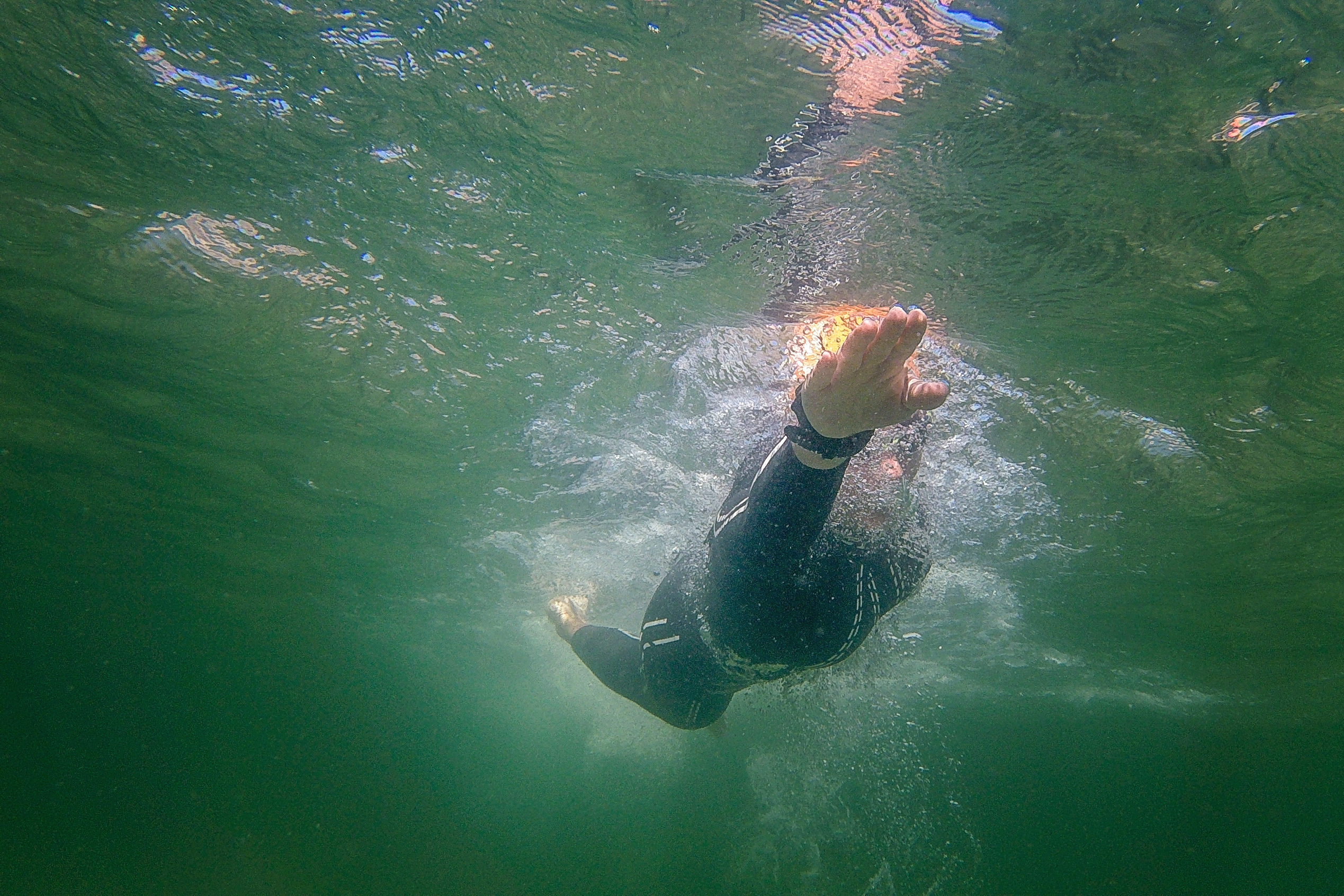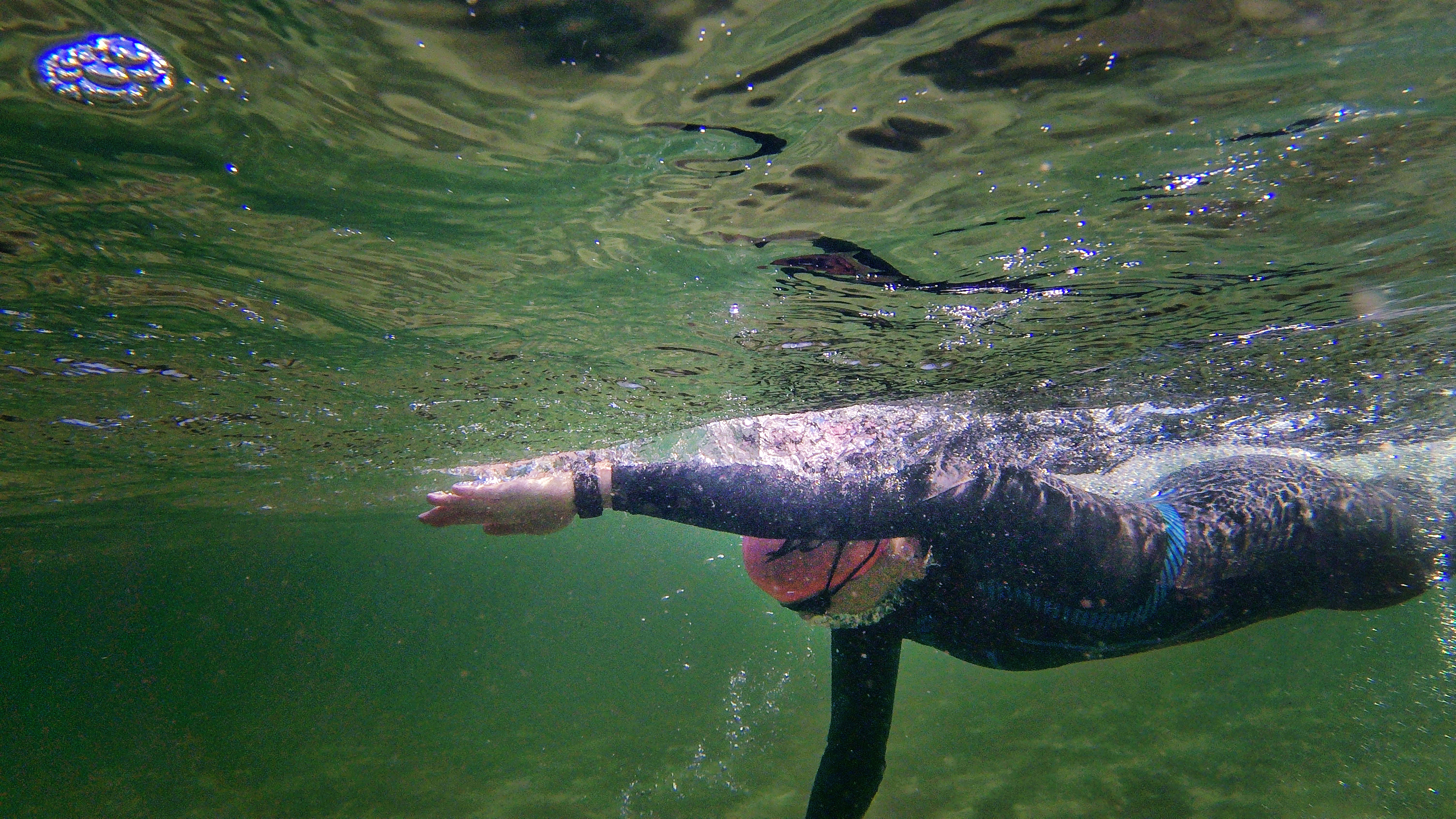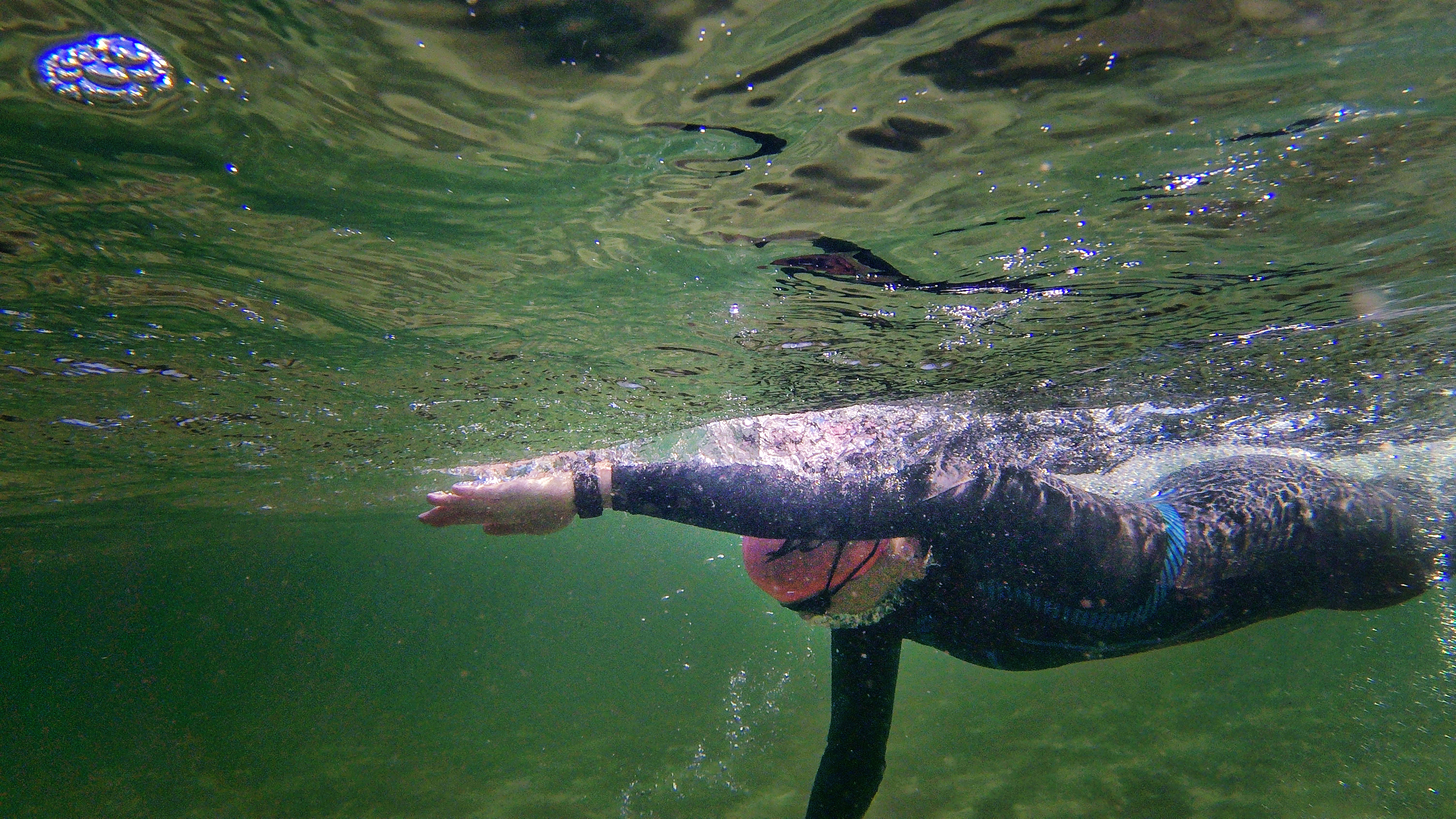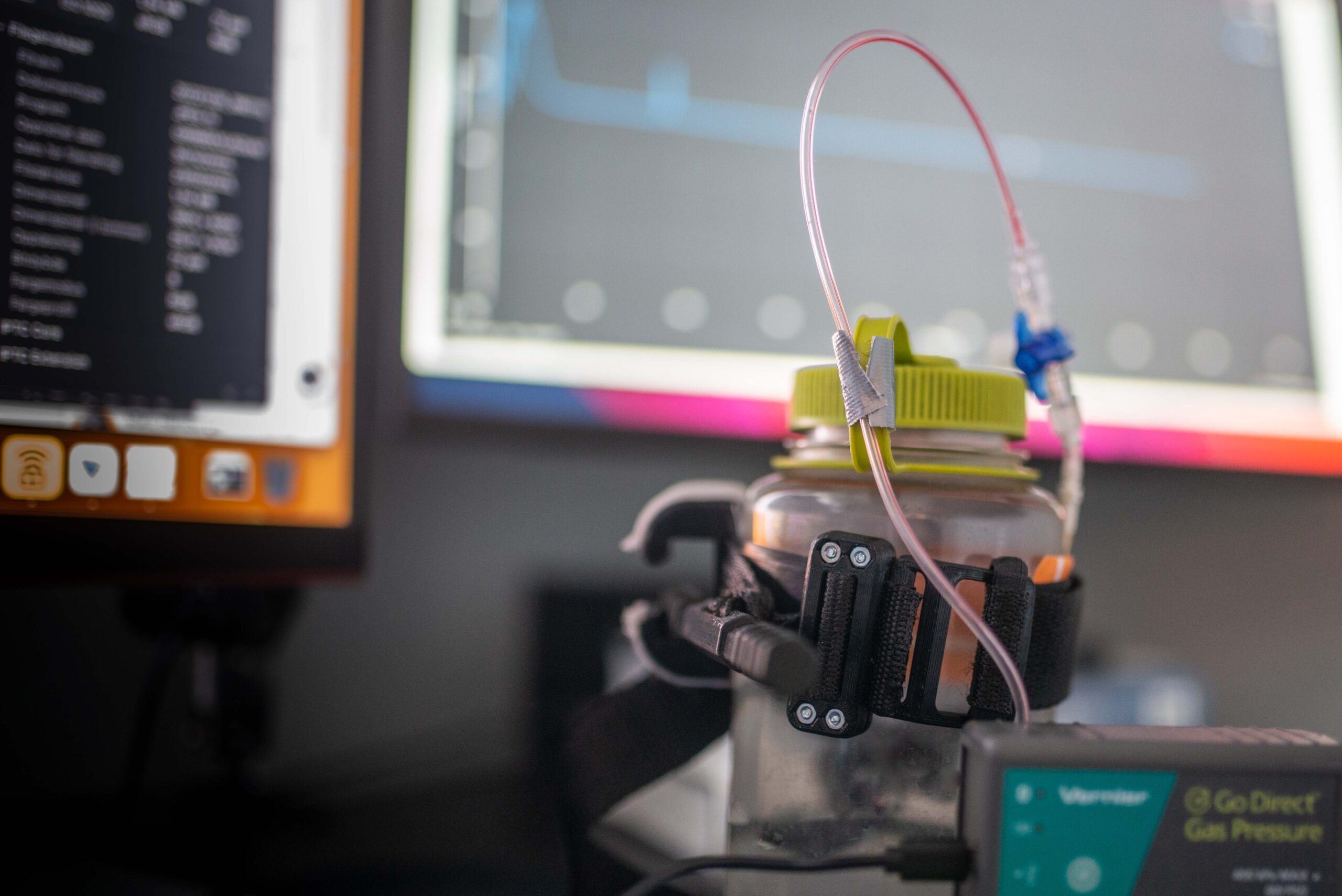
In a recent publication in MDPI Sports, we have published a series of three incidents of SIPE during Norseman Xtreme Triathlon. Swimming-induced pulmonary
The three triathletes were presented for the Norseman Medical Team, with shortness of breath, chest tightness and coughing up pink sputum during the last part of the bike phase. All three athletes reported an improvement in breathing during the first major uphill of the bike phase and increasing symptoms during downhill. All three triathletes received medical care on site from the Norseman Medical Team and were not able to continue their race. They were dispatched to either local medical centres or hospitals. All three athletes recovered well and have raced similar races after the incidents. It is, as far as we know, unusual that SIPE is presented this late in a race. Usually it is discovered during or immediately after the swim.

SIPE is a potentially dangerous complication that might occur during strenuous exercise in the water. It is fluids from the blood that leaks abnormally from the small vessels of the lung (pulmonary capillaries) into the airspaces in the lungs (alveoli). Cough, shortness of breath and coughing up blood may develop after surface swimming or diving, often in young, healthy individuals. The condition is relatively rare, but an increasing number of cases of SIPE is now being reported in triathletes. Episodes are more likely to occur in highly fit individuals undertaking strenuous or competitive swims. We still not know the complete reasons or background of why some individuals develop SIPE. Some theories suggest that redistribution of blood from the extremities caused by the immersion, lead to central blood pooling. A thigh wetsuit and cold water might further enhance the problem. It is like a perfect storm. As we don’t know the exact reason, publishing case reports like the one we now have published, is important. That way, researcher from all over the world can compare similar incidents, and possibly find out more about SIPE.
There is reported an association between SIPE and high blood pressure. Other potential risk factors included diabetes, fish oil use, long course triathlons, wearing a tight wetsuit and female gender. It should be noted, that the risk factors are not established as the final truth about SIPE, but more like a tendency to what could possible be risk factors. There is still lots of uncertainties about this. SIPE usually resolves spontaneously within 24 hours, or with certain medicines. It can be fatal if not treated. Individuals who develop SIPE, often have recurrences under the same conditions.
For you as an athlete, this is what you should be aware of:
- Shortness of breath (out of proportion to the effort being expended)
- Coughing (again, out of propotion)
- Sputum with pinkish colour (hemoptysis)
If this is the case, you should immediately stop and contact health care professionals
- If still in the water, get out of the water immediately and keep warm
If you are swimming with a buddy, mild symptoms of SIPE can be attributed to be “a little out of shape”. You should still consider SIPE, if your buddy seems out of breath for no apparent reason.
If you are a health care professional on site, you should assess the patient as normal. But we will highlight the early use of a pulse oximeter. Low readings will give indication of possible SIPE. Give oxygen, if available. Use your stethoscope to auscultate for crackles on the lungs. If you are an advanced provider, with portable ultrasound, you could look for vertical b-lines on the lungs (“wet lungs”). You are welcome to contact us if any inputs or questions. (norwaytriscience@gmail.com)
For us, it is a good thing that you as a reader, share this article with people you think might have an interest in this. So, feel free to do so. (Please tag) That way, we might close in on the causes of SIPE, and hopefully be able to prevent it in the future.
If you want to read the complete paper, head over to MDPI Sports. https://www.mdpi.com/2075-4663/7/6/137


